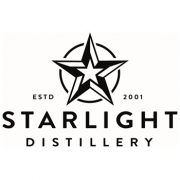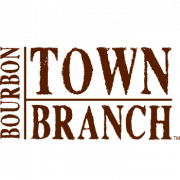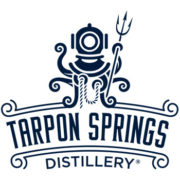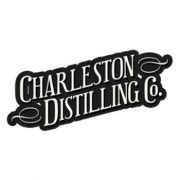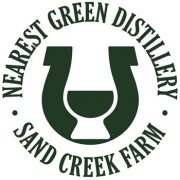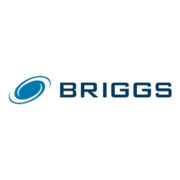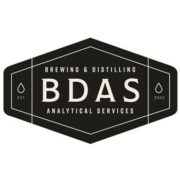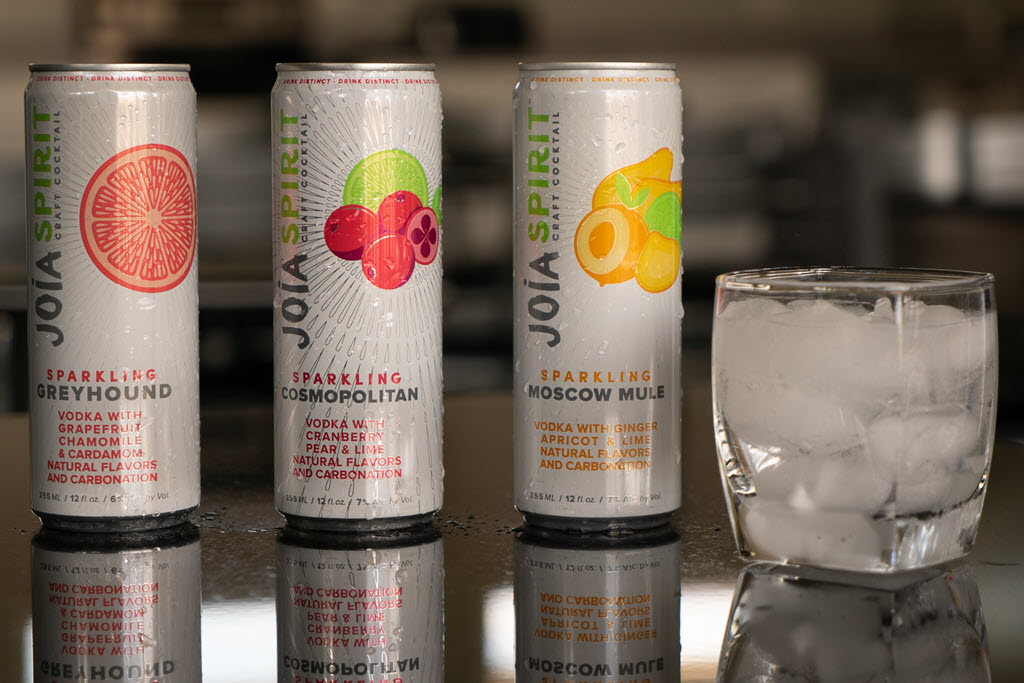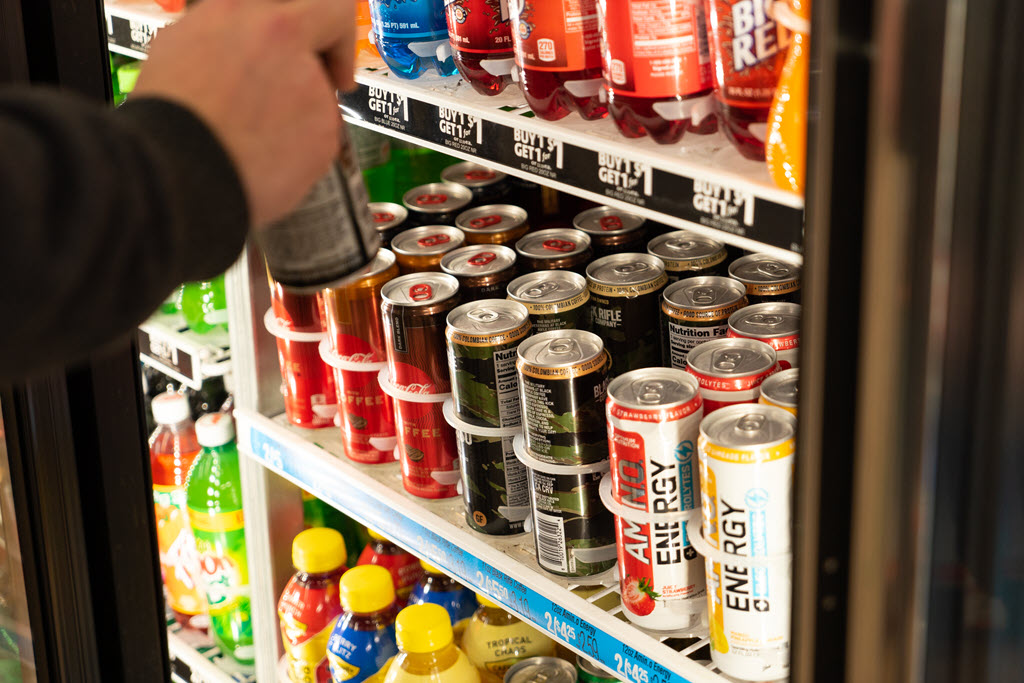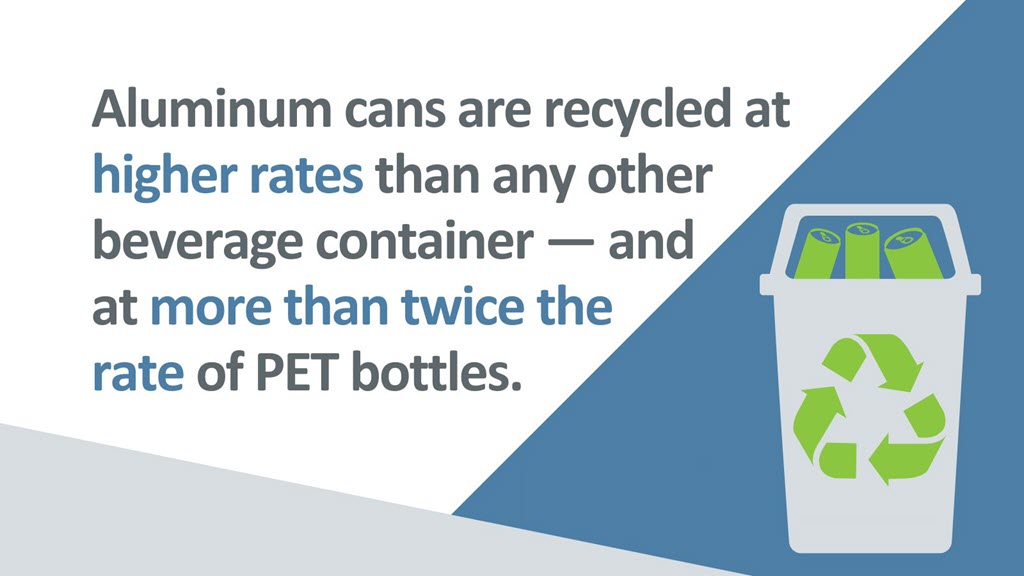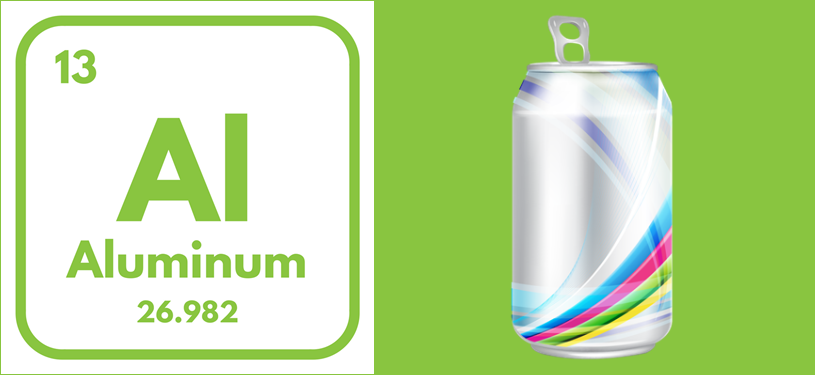
In 2020, all of us were forced to give up a lot—social experiences, coins, baker’s yeast, even toilet paper. As vaccinations continue to roll out and we begin to feel a little safer again, the bad dream that was the worst of the pandemic is finally starting to fade away. Kind of.
For producers of the world’s beverages, the return of normalcy is taking a bit longer, primarily due to ongoing shortages and supply chain challenges. Cans are one such item that has yet to recover from scarcity, but the truth is that the can crisis has been going on for a while. If that’s news to you, then take a moment to explore the past and present landscape for sourcing cans, how producers and suppliers have been coping, and why COVID-19 has exacerbated the can shortage.
Maggie’s Farm Rum Ole Smoky Distillery
From Can Shortage to Can-Demic
Let’s be clear about one thing—the raw material for aluminum can production is not in short supply; rather, it’s the capacity to produce the cans that’s lacking. As The Aluminum Association, an industry group representing metal manufacturers, said in a statement, “the aluminum beverage can manufacturing industry has seen unprecedented demand for this environmentally friendly container prior to and especially during the COVID-19 pandemic.”
Long before the start of the pandemic, increased demand was a key contributor to the can shortage. There are a few reasons for that. For one, cans have become a favorite among consumers prioritizing convenience. Cans are more portable and easier to store than the bulkier, heavier plastic or glass bottles. Environmental concerns have also helped drive preference for cans as they are a more sustainable and easily recycled option.
Beverage brands are equally enthusiastic about cans which offer a lightweight and reasonably priced packaging solution. Aluminum cans are also great at omitting light (unlike glass and plastic options) and they are effective in keeping out oxygen and maintaining CO2, making them efficient for longer shelf-life applications. It’s not difficult to see why beverage producers of all kinds are vying for them.
With the recent flood of RTD seltzers, cocktails, and the like, competition for cans has heated up faster than manufacturers could adjust to. Naturally, the shortage reached crisis levels in 2020 with the emergence of the global COVID-19 pandemic.
As lockdowns left restaurants and bars shuttered, consumers were forced to give up their usual fountain or tap fix. Instead, consumers turned to packaged drinks they could enjoy at home and beverage brands experienced a 180-degree shift from on-premise to off-premise sales. The demand for packaged goods of all kinds skyrocketed almost overnight, putting a further strain on can manufacturers that has since been slow to recover.
A Kick in The Can
So, how have beverage brands been faring? Well, to put it gently—it’s been a real kick in the can.
During the height of the pandemic, lead time for shrink-sleeved cans (where plastic labels are shrink-wrapped onto containers) had grown from 4-5 days to 4-5 weeks while printed cans doubled in price—and that was assuming you could get your hands on any at all.
In response, some of the world’s major producers were forced to rethink their supply chain to make the most of the cans they already had. Some brands made the hard decision to pull certain products to free up those cans for their more popular offerings—but at a cost.
Miller Lite owner Molson Coors Beverage Co. shared that it had lost some market share in the US, partly because it had to suspend production of some canned beers—an increasingly common story among other producers, big and small. In fact, the little guys have been hit particularly hard by ongoing can supply challenges. After pivoting to canning their brews due to a loss in foot traffic, local breweries and other craft producers found themselves competing to get their products packaged and in the hands of consumers.
And it wasn’t just beer brands feeling the heat. In the height of the pandemic, it was reported that Coca-Cola temporarily stopped producing 12-packs of Minute Maid Light Lemonade and other niche products so those cans could be used for their more iconic offers, like Coca-Cola and Sprite. Pepsi also acknowledged making similar choices in their supply chain to mitigate canning challenges.
Other producers with pre-printed cans adapted by affixing new labels or changing their packaging altogether, at least temporarily, to glass or plastic bottles. While the can shortage has eased up slightly since last year, it is by no means behind us. Many of these strategies and more will need to be kept close at hand until a more permanent solution can be established.
Adopting a Can-Do Attitude
While can prospects have been grim for a while now, all is not yet lost. Can manufacturers are already well on their way toward implementing a solution for the can crisis. Colorado-based Ball Corp., the world’s largest supplier of beverage cans, currently produces 350 million cans a day from its facilities; now, the company is investing more than $1.5 billion to increase this capacity to meet demand that CEO John Hayes says the industry hasn’t seen since the 1970s.
This investment will help Ball open two new plants in the US by the end of 2021, as well as add two additional production lines to existing US facilities. Another major can supplier, Philadelphia-based Crown Holdings, has followed suit with its own plans to increase capacity.
In the meantime, Ball, Crown Holdings, and others are ramping up production at foreign plants to assist with addressing supply challenges in the North American market. Of course, until these additions are up and running, it will continue to be a challenge for can suppliers to meet demand. Some suggest that, despite the unusual circumstances, maybe this shortage couldn’t have been avoided after all.
As Crown Holdings CEO Timothy Donahue put it, “Even without COVID, I think we would be capacity constrained as an industry. The market was always going to be oversold this year and we were always going to be trying to find cans to serve the US customers.”
So, is there an end in sight for this can-pocalypse? Yes! However, we’ll all need to be patient. In the meantime, beverage brands continue to do their best to find creative, innovative solutions for packaging as they hope for a more stable future for cans—fingers crossed that it comes sooner than 2023.
Let Moonshine University
Help You on Your Craft Spirits Journey
Interested in learning more about the process of distilling? Check out Moonshine University’s upcoming courses and webinars to learn from the best in the business. You’ll experience intensive, practical, and hands-on learning from industry experts on all aspects of distilling from how to get started the industry to how to get your products on the shelf.
Contact Moonshine University at 502-305-8596 or email at registrar@moonshineuniversity.com
What is BrandScape? BrandScape is a way for product and service suppliers to talk directly to our audience. If you would like to learn more about BrandScape, please email Info@DistilleryTrail.com.

